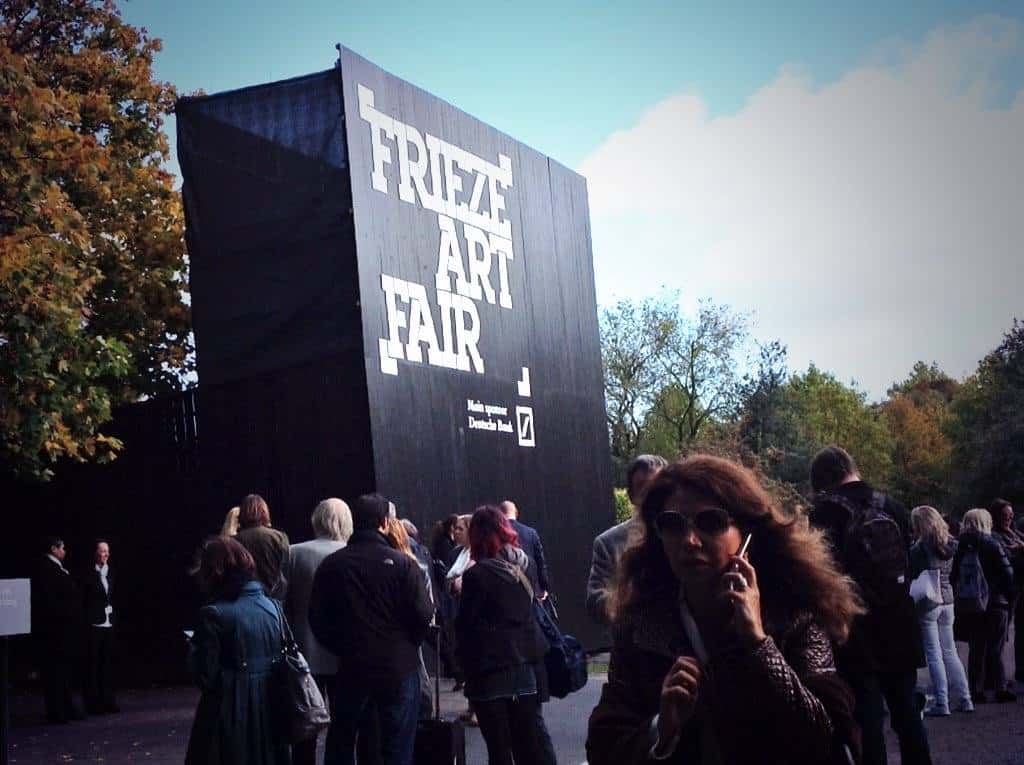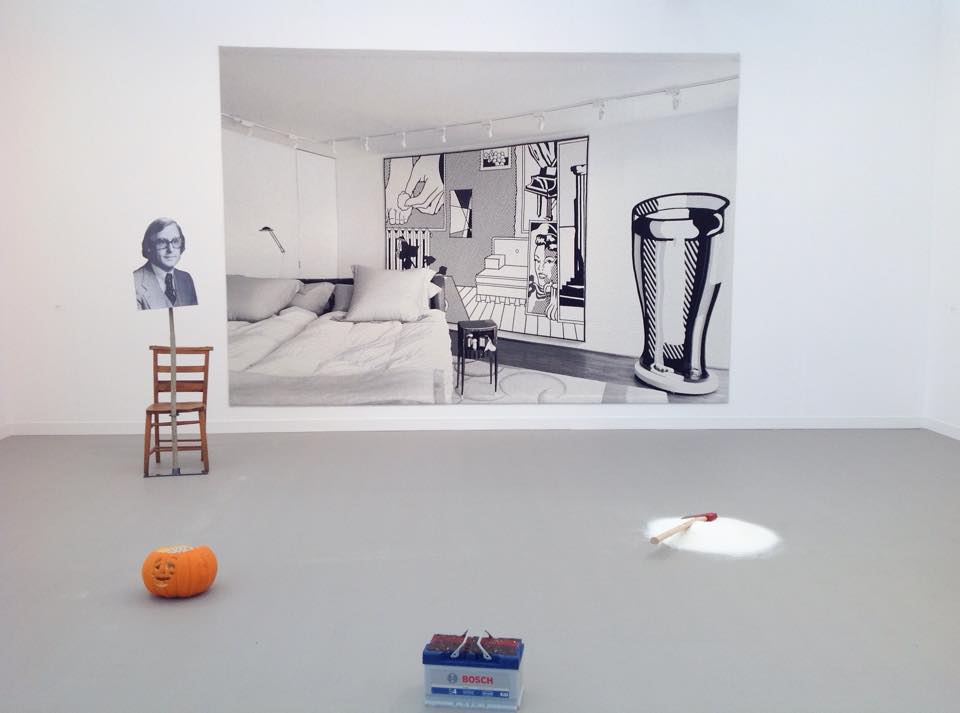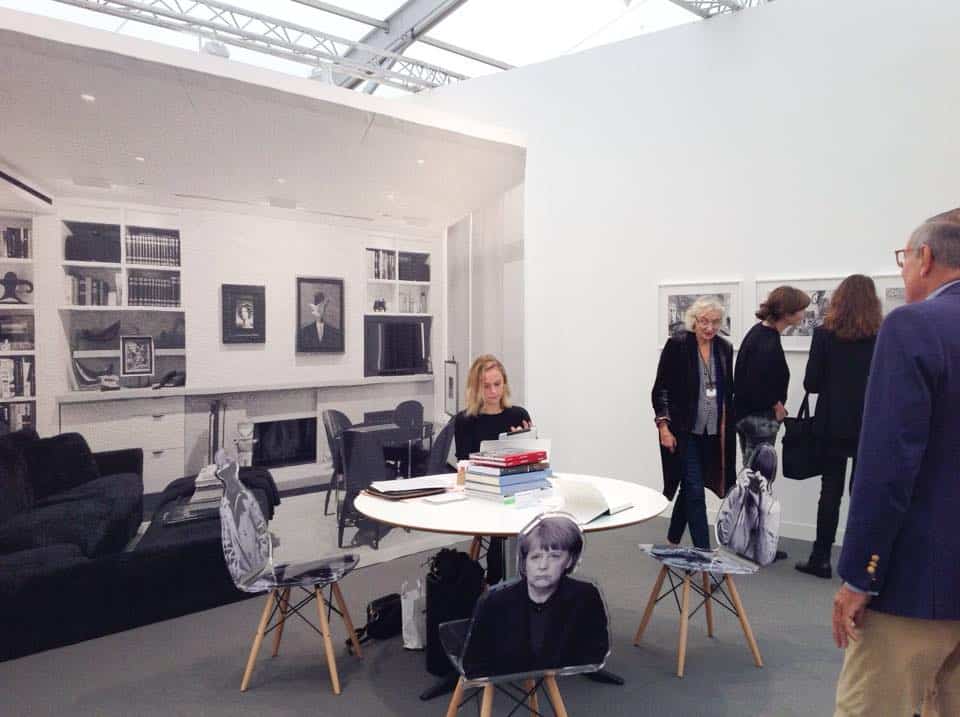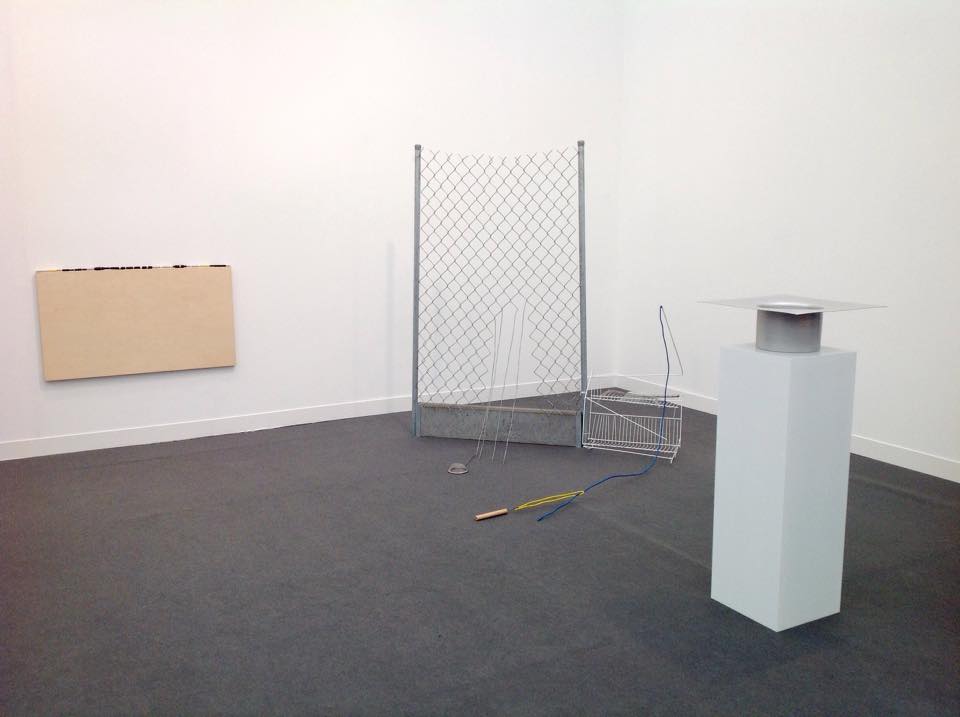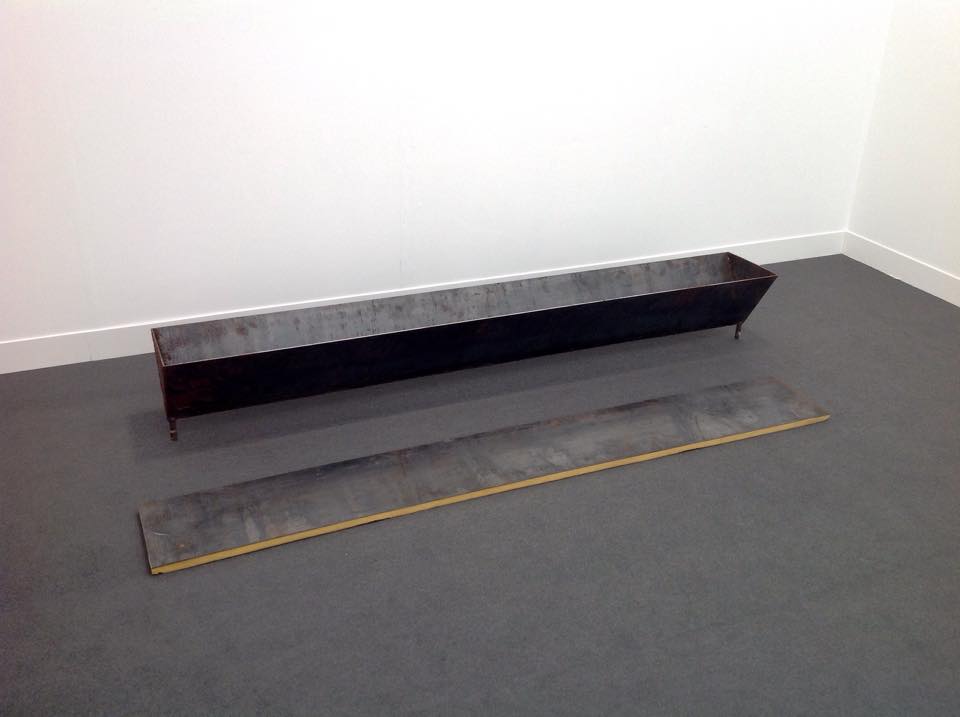Art fairs are strictly commercial events. Galleries from across the world showcase work by the most prominent artists in order to attract the attention of art collectors and representatives of public institutions. These audiences may be on the lookout for exceptional pieces to enrich their collections. The works of art that are showcased during such fairs are selected and priced by galleries predominantly on their financial criteria – prices must be attractive, so that the works can actually stand to be sold on, and so that the costs of participating in the fair are remunerated (plus there is some chance of making a financial profit). On the other hand, prices still need to be high enough as to suggest exclusivity and finesse to the work displayed.
Nevertheless, there are times when galleries simply perceive art fairs as a marketing ploy. In these cases, stands tend to convey a sense of power and complete lack of pressure. The prices of these pieces are inevitably high, and the design of the stands incredibly sophisticated, as the aim is to compel visitors’ admiration and, simply speaking, make competitors jealous. Bruno Bischofberger’s gallery embodied this tactic wholeheartedly a few years ago at Art Basel. Their stand provocatively occupied a vast amount of space, featuring solely one Warhol painting. On the opposite wall hung a bookshelf, the same as the length as the Warhol, filled with publications on various reproductions of the piece.
Similar strategic tricks could be observed at Frieze, London’s annual art fair taking place in October. The most prominent galleries from around the world were among those selected to participate at the fair. Divided into two main sections, Frieze invited audiences to two distinct fairs – Frieze London, which presented contemporary and current art, and Frieze Masters. The latter displayed the most outstanding artists and eminent works of art spanning antiquity to modern art. This format thus enabled Frieze Masters to exhibit extremely interesting references attesting to the timelessness of art and its universal language, as well as remind audiences of the remarkable courage of artists of previous generations, whose accomplishments still amaze us to this very day because of their sheer courage and technical ability. The work of these artists cannot be considered inferior to those created by artists of our time.
Among the hundreds of artworks presented at the fair were pieces by Roman Opałka, which constituted a part of a series of works entitled “Notes”. These are individual works on paper, acting as counterparts to a series of “countable” paintings. Each piece was framed individually by the artist himself and included a small curl of hair attached to the reverse of the frame, providing authenticity and acting as a kind of natural signature. His two pieces were presented at the Dominique Levy Gallery stand, priced at €9500 each.
Frieze, on the other hand, did not evoke the same museum-like impressions. This was partly due to the diverse nature of the galleries taking part, as well as the assumed target audience of the fair, which contrasted greatly to that of Frieze Masters. The gallery stands were also notably smaller and divided into five subsections, where one could admire the whole spectrum of contemporary art on show. Among the participants were artists and galleries from Poland.
One has to stress that amongst all the artwork on show, Goshka Macuga’s work, presented by Andrew Kreps Gallery and Kate McGarry Gallery, stood out above all in terms of quality and the format in which it was presented. Both stands showcased huge black-and-white fabrics, which referred to works that have entered the art historical canon, as well as the realm of popular culture. These fabrics were juxtaposed with images of events from contemporary history, as well the portraits of those who have had a direct influence on it.
London’s Kate McGarry Gallery opted for a particularly extensive display, as their entire stand was dedicated exclusively to this artist. Macuga placed chairs with images of various famous faces on its backseats, including the German chancellor Angela Merkel, next to a piece of fabric that conjured up the image of an office space. In addition, the stand featured collages and designs from a play directed by the artist, as well as objects documenting and archiving the play, including a design sketch and a video.
At first sight, the work of the Slavs and Tatars team appeared very similar. This international collective of artists is united under the common subject of Eurasia, referring to themselves as “archaeologists of everyday life”. Their artistic activity encompasses a wide range of spheres including politics, sociology, and linguistics. Slavs and Tatars began their cooperation as a publishing house, with their main area of interest remaining language – its structure, sound and visual shape. Raster Gallery presented two paintings by the collective, as well as an installation piece of a tongue wrapped around a centrally placed, vertical tube. It must be noted that these pieces were part of a small group of works selected by the Outset/Frieze Art Fair Fund to benefit the Tate Collection 2014.
In the same “Focus” section of the fair, Stereo gallery presented the work of Gizela Mickiewicz. One of her pieces included “Raw Time”, part of the project “Time of Background”, created during this year’s artistic residency at Gasworks in London.
The third Polish gallery to exhibit at the fair was Fundacja Galerii Foksal, which unsurprisingly, presented a general overview of the work of artists who regularly collaborate with them. In a manner reminiscent of previous years, Foksal presented work by Wilhelm Sasnal, Monika Sosnowska, Paweł Althamer, Paulina Ołowska, as well as Cezary Bodzianowski and Anna Niesterowicz.
Galerie Gisela Capitain also endorsed the work of Monika Sosnowka, displaying work she created during a residency abroad at Atelier Calder. You can read more about her time spent at Calder, and the project itself, in our previously published interview on Sosnowska by Dorota Czerner and the chairman of Calder Foundation, S. C. Rower, the grandson of a famous artist.
Gallery Massimo de Carlo presented a painting by Piotr Uklański, just as it did previously at Art Basel.
Elsewhere, Juana de Aizpuru Gallery presented magnificent work by Mirosław Bałka. Nordenhake, a gallery working together with Bałka, also displayed his minimalist and rather austere objects. These pieces focused on exploring the relation between private and general histories, as well as the boundaries between objects and bodies through factors such as dimension, weight, characteristics, contents, and build.
Alicja Kwade’s work also examined the relation between objects and the surrounding space, and how this is subsequently perceived and mediated by individuals. At stand belonging to 303 Gallery New York, one was able to admire – and contemplate purchasing – two of her pieces. One could spot a white door twisted on its axis, as well as an object/mirror, which appeared to act as a window to another world. This object protruded a spot where it intersected with a copper pole, distorting the clear transparent image.
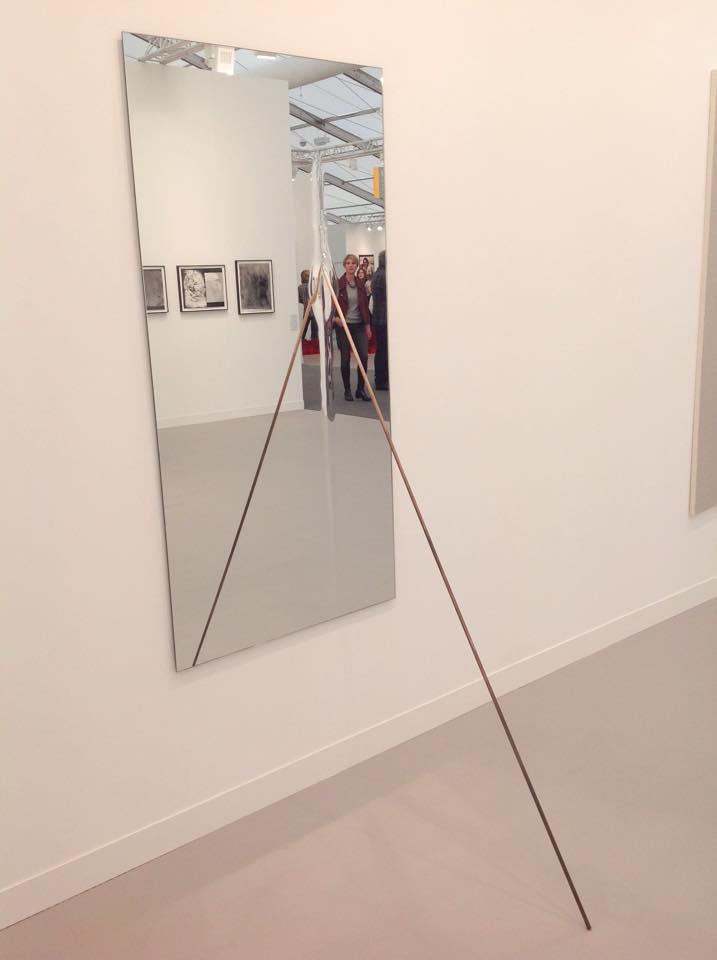
Alicja Kwade, 303 Gallery New York at Frieze London, October 2014, photo Contemporary Lynx
The art fair in London is truly impressive. It offers visitors a taste of what are currently considered the most coveted pieces for art collectors. Amassed into two enormous white tents situated in the heart of Regent’s Park, art from various corners of the world and different periods of world history culminates into a decadent feast for all spectators. Art collectors and lovers alike can feel as if they have entered a lavish museum boasting an array of art collections. The surrounding park grounds add to the magical ambience, reminiscent of the dreamscape of “Alice in Wonderland”, or a cave of treasures from the decadent tales of One Thousand and One Nights.

Anna Niesterowicz, Foksal Gallery Foundation at Frieze London, October 2014, photo Contemporary Lynx
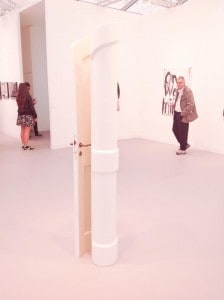
Alicja Kwade, 303 Gallery New York at Frieze London, October 2014, photo Contemporary Lynx

Mirosław Bałka, Galería Juana de Aizpuru at Frieze London, October 2014, photo Contemporary Lynx
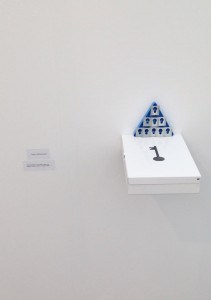
Cezary Bodzianowski, Foksal Gallery Foundation at Frieze London, October 2014, photo Contemporary Lynx

Gizela Mickiewicz, Galeria Stereo at Frieze London, October 2014, photo Contemporary Lynx
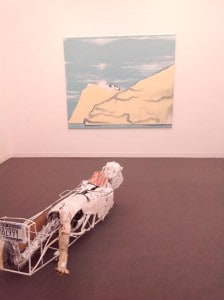
Wilhelm Sasnal and Paweł Althamer, Foksal Gallery Foundation at Frieze London, October 2014, photo Contemporary Lynx

Gizela Mickiewicz, Galeria Stereo at Frieze London, October 2014, photo Contemporary Lynx




